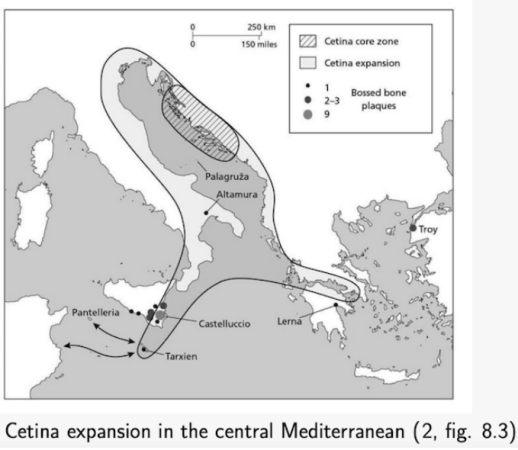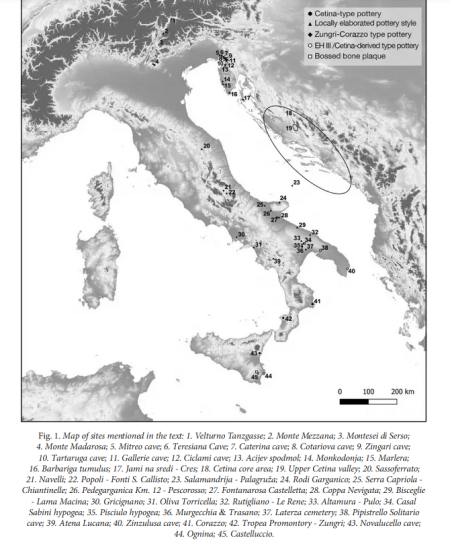I don't think anyone ever claimed
all J-L283 north of the Balkans and Italy is "Roman mediated" or that we'll never find any J-L283 among the Celtic related cultures. After all, they lived just north of the Illyrians. If anything, studies like these suggest J-L283 was quite rare among the Celts. For example, in the latest study (
https://www.biorxiv.org/content/10.1101/2024.03.13.584607v1) out of hundreds of BCE samples, which included Celtic related cultures, we have zero J-L283.
You should have read Bruzmi more carefully (among few others ... I just quote the most "representative" one).
He claimed many times that J-L283 among Hallstatt culture was impossible (like "totally impossible").
But, I will accord that to you, maybe you didn't read the messages of this user in a now "dead for good" forum.
I'm surprised that you over-react that way.
If you were deeply convinced of the presence of some J-L283 among Western-Hallstatt by EIA. Great, this sample confirmed it. You should also be happy to have forseen the likely existence of such sample.
The study you quote contains mainly samples from BCE France ... A location where you didn't expect BCE J-L283 to be present (or as a very marginal contribution) ... without surprise none have been found. Great !
The J-Z597 diversity signal related with IA-movement is in southern Germany along the Danubian bassin ... why in the hell would we consider other locations as relevant to probe these populations ?
What we now have, is a BCE J-Z597 in southern Germany among a population closely matching RMPR116 admixture.
Therefore, we have data showing Z597 diversity related with pre-Roman Hallstatt populations.
Btw, I don't think anyone ever claimed that J-L283 would be a "major" haplogroup among Hallstatt populations (we are speaking of a population that will have a likely top-cluster reaching few-percent presence at most, presence in modern southern Germany itself is also boosted by a later founder effect of some clades).
You are fighting imaginary positions that no-one is defending.
Also note that looking at clade fractions among ancient DNA for culture having diverse funerary customs (inhumation and cremation) is a bad idea (you have no control of the selection function).
By construction, you expect funerary customs to be culture-related, and therefore, you expect some Y-DNA correlations.
In the present case, the J-L283 in southern Germany is likely the results of population absorbed by Urnfielders or cremating Eastern-Hallstatt populations ... I think you can guess what will be their favorite funerary customs.
By construction the ancient DNA sampling is not homogeneous : (i) spatially, (ii) culturally ...
Not considering the selection function when you interpret data shows a total lack a scientificity.
As I explained to you (and others) many times, ancient DNA will never be a good "negative proof", it is just a very good "positive proof".
Good luck with your narratives ...





